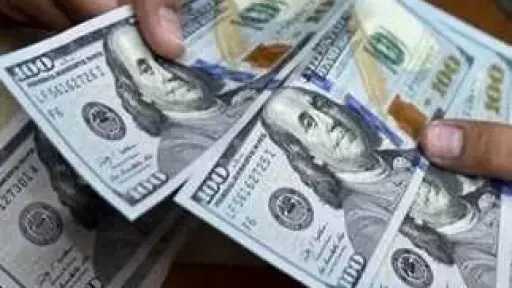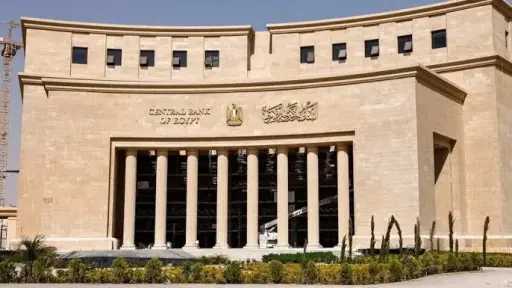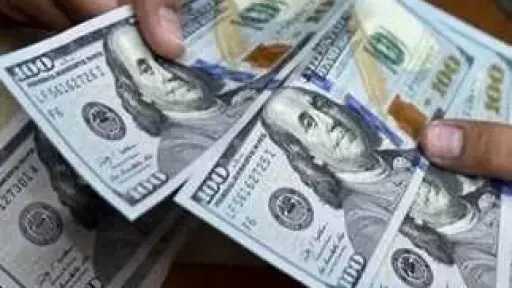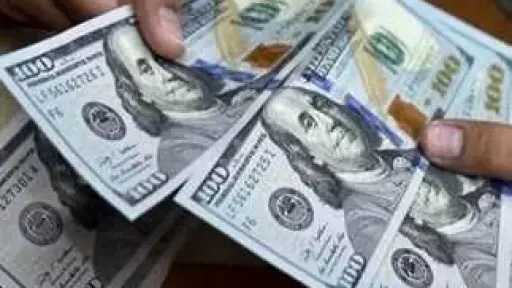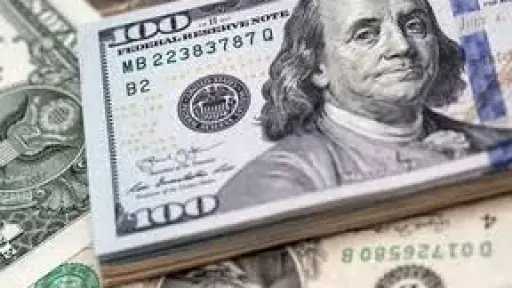Mild Retreat: US Dollar Sees Slight Drop Against Egyptian Pound on Thursday, July 17, 2025

The US dollar recorded a slight decline against the Egyptian pound on Thursday, July 17, 2025, in most banks operating within Egypt’s local market. The movement comes amid cautious anticipation from investors and market players, who are closely watching both domestic and global monetary policy developments.
Dollar Weakens Marginally Amid Market Stability
According to market data, the average exchange rate of the dollar today slipped slightly, ranging between EGP 49.35 for buying and EGP 49.49 for selling. This modest retreat follows a period of higher exchange rates earlier in the week and coincides with ongoing efforts by the Central Bank of Egypt to regulate the foreign exchange market and strike a balance between currency supply and demand.
US Dollar Rates in Key Egyptian Banks
Here’s a snapshot of today’s USD/EGP rates across major banks:
Central Bank of Egypt: EGP 49.35 (buying), EGP 49.49 (selling)
National Bank of Egypt & Banque Misr: EGP 49.37 (buying), EGP 49.47 (selling)
Bank of Cairo, Bank of Alexandria, Arab International Bank: EGP 49.37 (buying), EGP 49.47 (selling)
Commercial International Bank (CIB): EGP 49.36 (buying), EGP 49.46 (selling)
Abu Dhabi Islamic Bank: EGP 49.40 (buying), EGP 49.49 (selling)
HSBC: EGP 50.60 (buying), EGP 50.70 (selling) — the highest rate recorded today
Egyptian Arab Land Bank: EGP 49.43 (buying), EGP 49.53 (selling)
Foreign Exchange Market Shows Signs of Stability
The slight pullback in the dollar’s value reflects a broader trend of relative stability in Egypt’s currency market. Demand for foreign currency among investors and importers has eased somewhat following recent fluctuations. Market analysts attribute the decline to improving foreign currency inflows, bolstered by stronger remittances from Egyptians abroad and a rebound in tourism revenues.
As the Central Bank continues to monitor the FX landscape, further developments in the global economic scene—particularly interest rate trends in the US and Europe—will likely influence future exchange rate movements.


